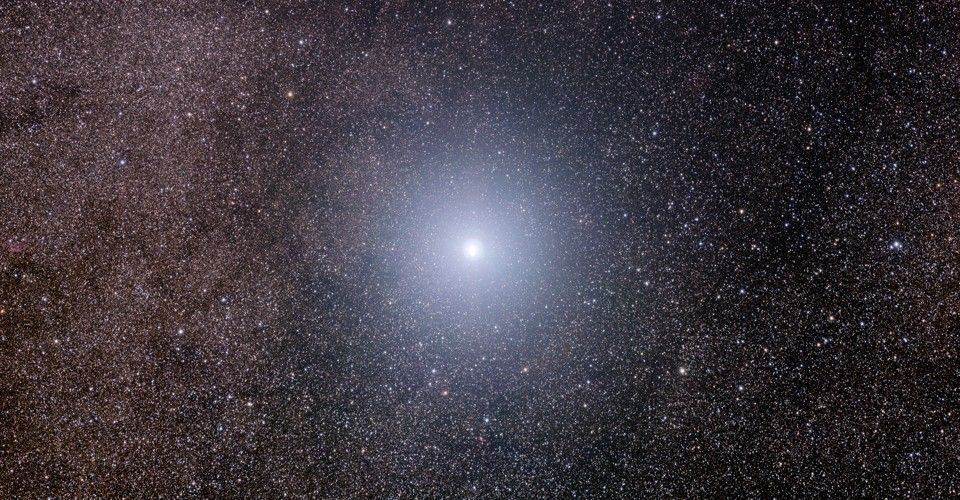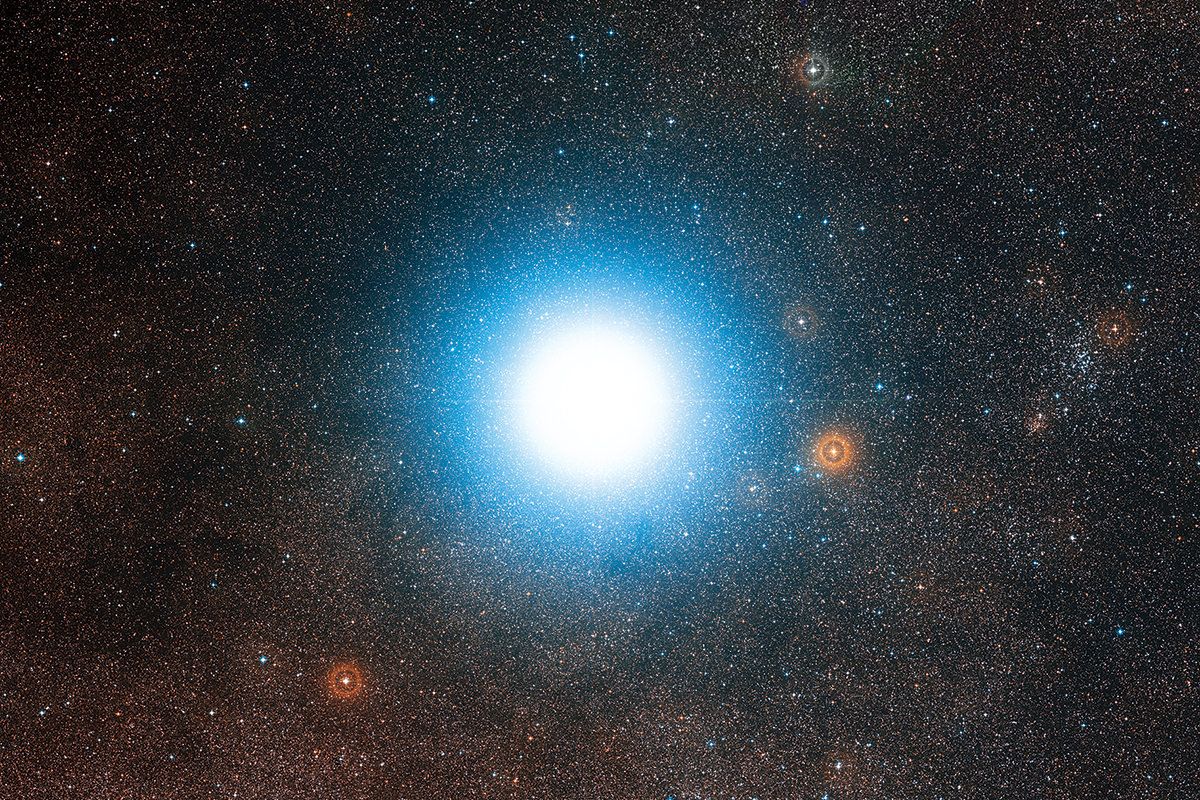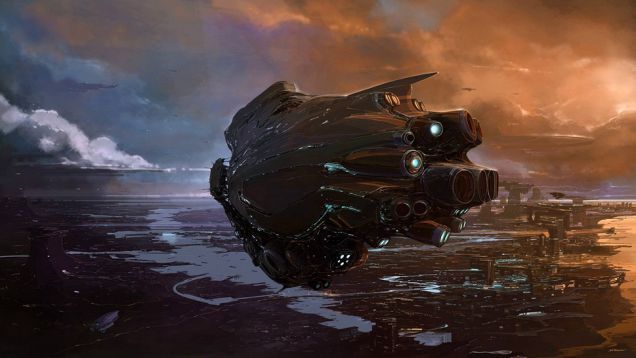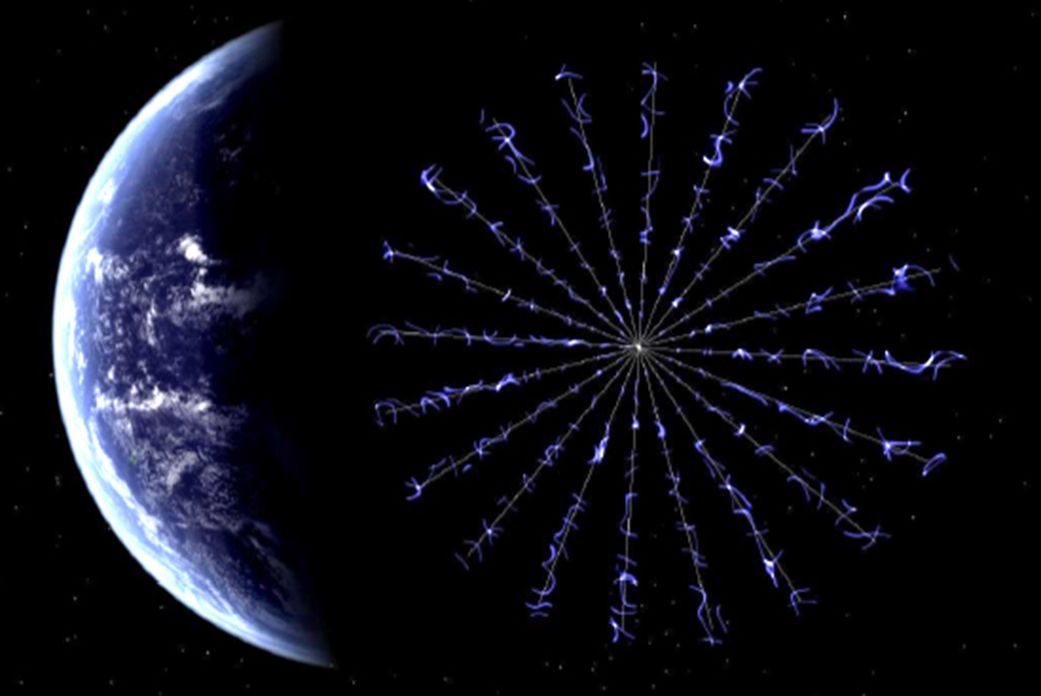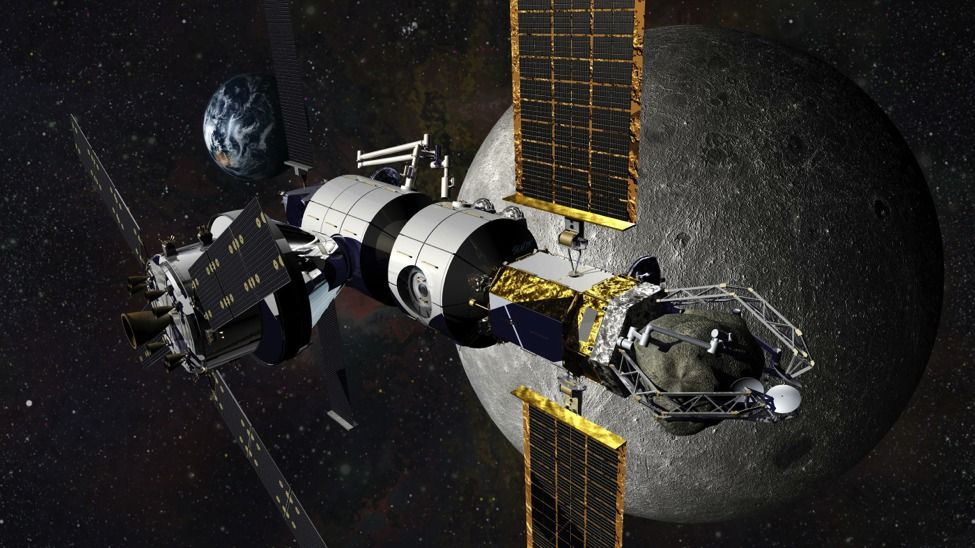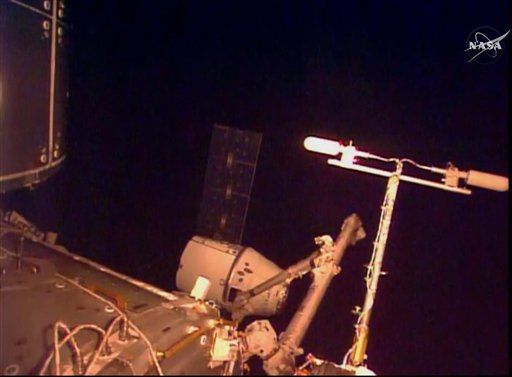Yuri Milner is spending $100 million on a probe that could travel to Alpha Centauri within a generation—and he’s recruited Mark Zuckerberg and Stephen Hawking to help. In an interview with The Atlantic, Milner makes his case for star travel.
In the Southern Hemisphere’s sky, there is a constellation, a centaur holding a spear, its legs raised in mid-gallop. The creature’s front hoof is marked by a star that has long hypnotized humanity, with its brightness, and more recently, its proximity.
Since the dawn of written culture, at least, humans have dreamt of star travel. As the nearest star system to Earth, Alpha Centauri is the most natural subject of these dreams. To a certain cast of mind, the star seems destined to figure prominently in our future.
